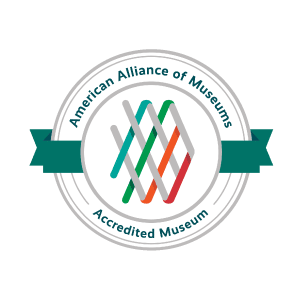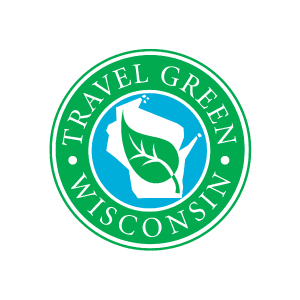All Ages
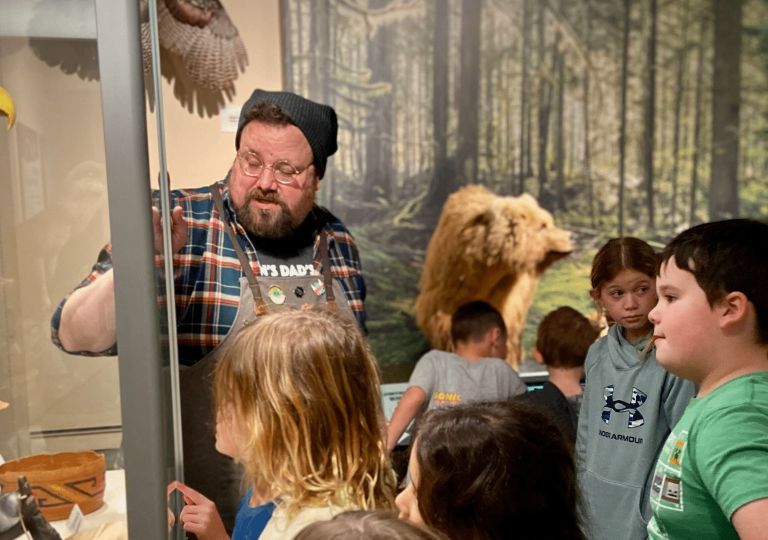
Kenosha Public Museum
Highlights Tour
Capacity: Up to 75 students, divided into 3 groups
Time: Up to 90 minutes
See everything the Kenosha Public Museum has to offer in this interactive tour. Small groups rotate through Natural Science, Anthropology, History, and Art galleries with inquiry-based learning and touchable tour props to keep your students engaged. A great way to experience the museum, particularly for first-time guests.
Pricing: $8/student*
*Kenosha County students receive 20% discount
PreK-K

Museum Explorers
Capacity: Up to 60 students, divided into 3 groups
Time: 45-60 minutes
Location: Multiple galleries and a classroom
We’re going on an adventure! This program begins with a tour followed by a musical performance and animal craft. This program introduces young learners to the fun on display like the Ice Age Mammoth, Animal Habitats from around the world, and immersive Cabinets of Curiosity. After the tour, celebrate an animal through singing, dancing, and a craft.
Pricing: $8/student*
*Kenosha County students receive 20% discount
Grades K-2
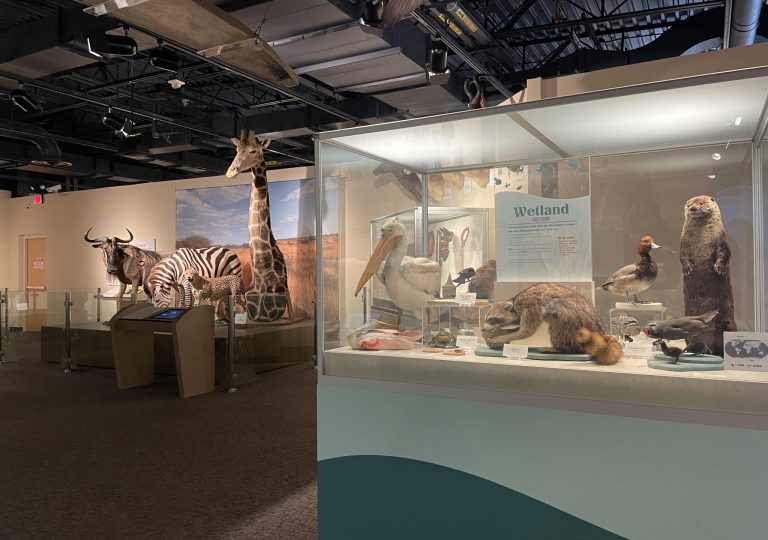
Animal Adaptations
Capacity: Up to 50 students, divided into 2 groups
Time: 60 minutes
Location: Ecosystem Gallery and a classroom
Join our educators as we explore the different ecosystems located in Kenosha County and beyond. Through the use of items from our collections, students will learn about how animals adapt to their environments. Solve some scientific mysteries including determining predator or prey animals, and identifying what environment belongs to which animal. Students will have an opportunity to take part in a conservation project that they can take home with them.
Pricing: $8/student*
*Kenosha County students receive 20% discount
Grades 1-3

Native American Lifeways
Capacity: Up to 50 students, divided into 2 groups
Time: 60 minutes
Location: Potawatomi Village Gallery, Ice Age Gallery, Mammoth Corner Gallery
Since the Ice Age, people have called Kenosha home. This program takes students on a journey from over 10,000 years ago to the present day, exploring what life was like for the first people of Wisconsin. Students will learn about the cultural practices, beliefs, and traditional ecological knowledge of Wisconsin’s Tribal Nations, with a special focus on the Potawatomi Nation, who have lived in Southeast Wisconsin for thousands of years.
Pricing: $8/student*
*Kenosha County students receive 20% discount
Grades 3-5
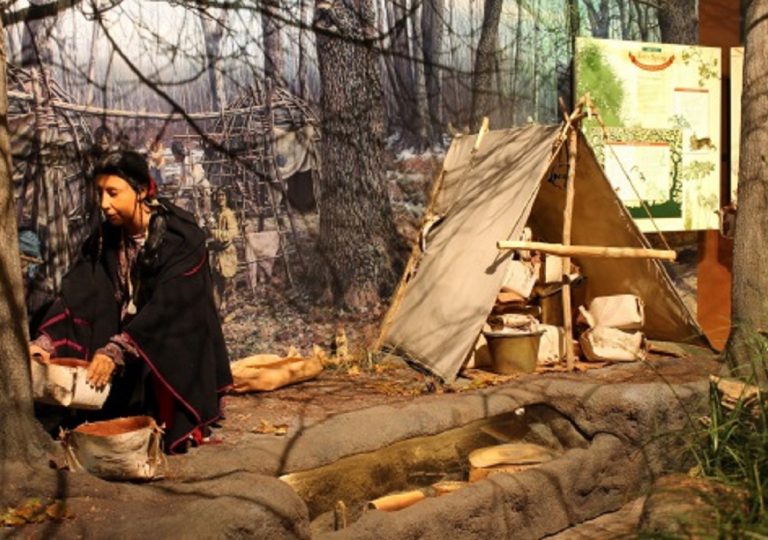
Anishinaabe
Capacity: Up to 50 students, divided into 2 groups
Time: 90 minutes
Location: Potawatomi Village Gallery and a classroom
This program guides students through the history and contemporary life of the Anishinaabe peoples—Potawatomi, Ojibwe, and Odawa—whose ancestral homeland is the Great Lakes region. The Anishinaabe understanding of the world centers on the balance between living beings and the environment. This relationship is expressed through story, art, and spiritual beliefs rooted in the values of the Seven Grandfather Teachings.
In the classroom, students will participate in one of two hands-on activities:
Native Berries: Students explore the cultural and spiritual importance of berries to the Anishinaabe and learn why many of these plants are unique to North America. Recommended for younger grades, this activity includes a storybook and a craft.
The Seven Grandfathers: Students take a deeper look at the Seven Grandfather Teachings through guided discussion and creative expression. Inspired by the artwork of renowned Anishinaabe artist Norval Morrisseau, they will reflect on how these teachings relate to their own lives. Recommended for older grades; includes discussion of artwork and introductory philosophy.
Pricing: $8/student*
*Kenosha County students receive 20% discount
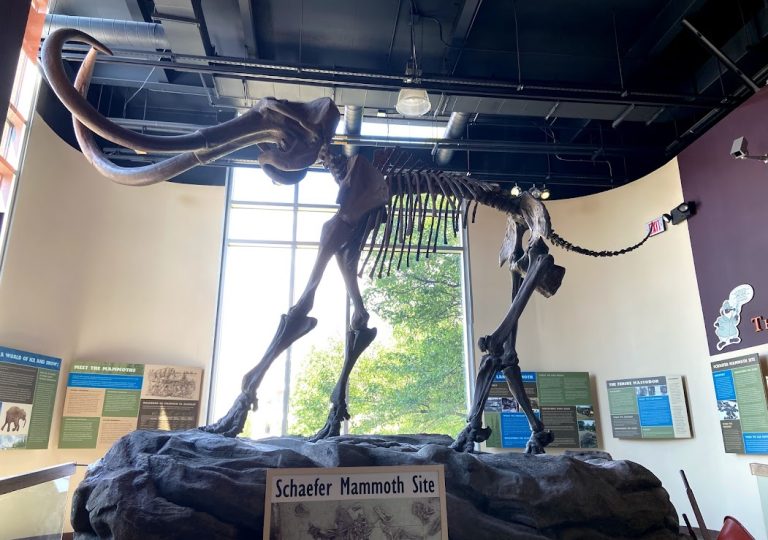
Mammoth Mystery
Capacity: Up to 50 students, divided into 2 groups
Time: 60 minutes, up to 90 depending on group size and timing
Location: Mammoth Corner Gallery and classroom
How Old Is the Kenosha Mammoth?
Help us solve the mystery of the mammoth discovered in Kenosha County in 1964. Some scientists believe it’s around 3,600 years old, dating to 1600 BCE—others think it could be even older. But exactly how old? No one knows for sure. Examine the evidence to piece together the story of this ancient animal—and help determine just how old it might be.
In the Museum Gallery, explore the fascinating story of how the Kenosha Public Museum excavated two of the oldest and best-preserved archaeological sites in the Western Hemisphere. Discover the clues that help scientists understand how early people lived alongside mammoths and adapted to a challenging Ice Age environment.
Then, step into the role of an archaeologist in our hands-on classroom “lab”. Use real tools and techniques—like site and soil sifting, lithic tool mark comparison, and laboratory analysis—to investigate how the mammoth lived and whether it may have died due to human activity.
For the 90-minute program, dive deeper into the world of Ice Age innovation. Explore the tools and technologies that helped people survive—and thrive—thousands of years ago, using ingenuity and invention to hunt, build, and improve daily life.
Pricing: $8/student*
*Kenosha County students receive 20% discount
Pricing Information
All programs are $8/student (Kenosha County students receive 20% discount). Program add-ons, lunch space, and Streetcar are not included in the program fee.
Other subject areas and grade levels may be available; please contact our Education Services Coordinator, Carolina Curi-Bado at ccuribado@kenosha.org to make a special request.
Program Add-ons
Add one of the following to any program for an additional $8 per student. Each add-on runs approximately 30-45 minutes.
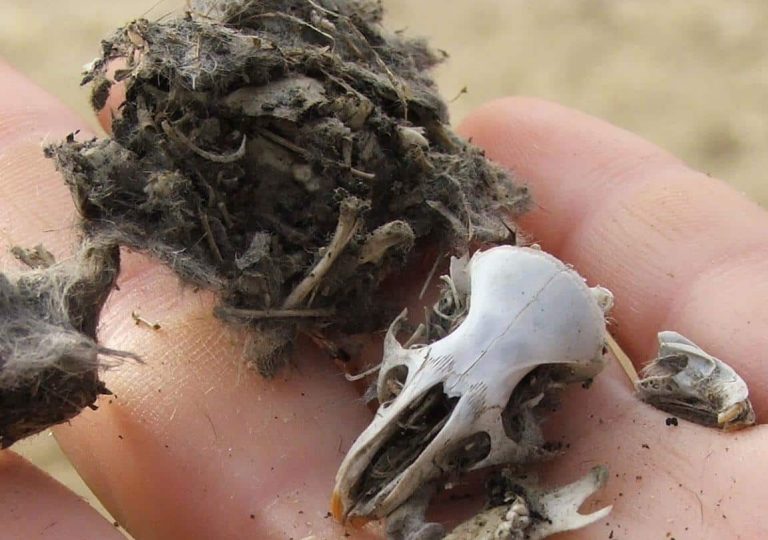
The Science of Owl Pellets
Capacity: 25 students per session
Is ancient owl vomit the key to understanding human impacts on ecosystems? In this program, we will explore the energy flow between organisms in several ecosystems, as well as learn about the environmental impacts discovered by scientists from studying owl pellets. Students will partake in their own research through the dissection of owl pellets.
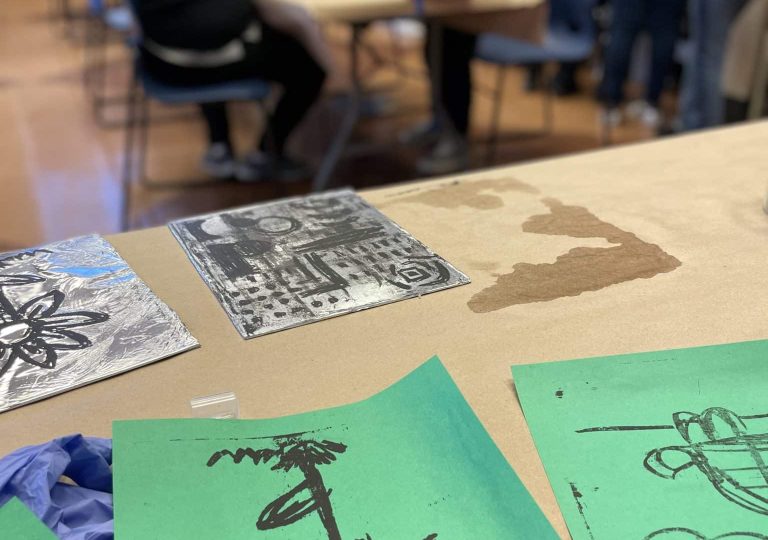
Printmaking Lab
Capacity: 25 students per session
Using Lithography, students will explore the relationship between oil and water in art making. Design a print and make multiples while using materials you might find in your own kitchen rather than the harsh chemicals typically used in this method. It is surprisingly easy and fun!
Additional Amenities
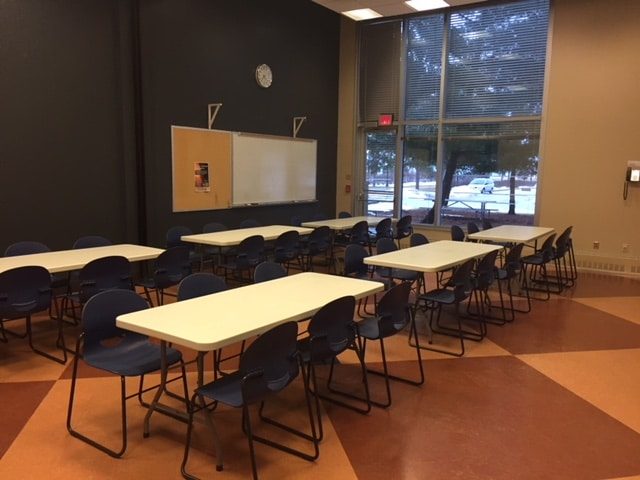
Lunch Space
With paid program: $1/student
Self-Guided groups: $2/person
Indoor lunch space is available at the Kenosha Public Museum and Civil War Museum. With paid programs, the lunch space is $1/student. For self-guided groups, lunch space is available for $2 a person. Reservations are available in 30-minute blocks. The Dinosaur Discovery Museum does not have an indoor lunch space, however, there is a park across the street from the building that may be used for picnics. Please note the museums do not have refrigerators, stoves/ovens, or microwaves available.
Although the museums do not have onsite restaurants or cafes, there are several dining options nearby. Visit www.downtownkenosha.org or www.visitkenosha.com for more information.
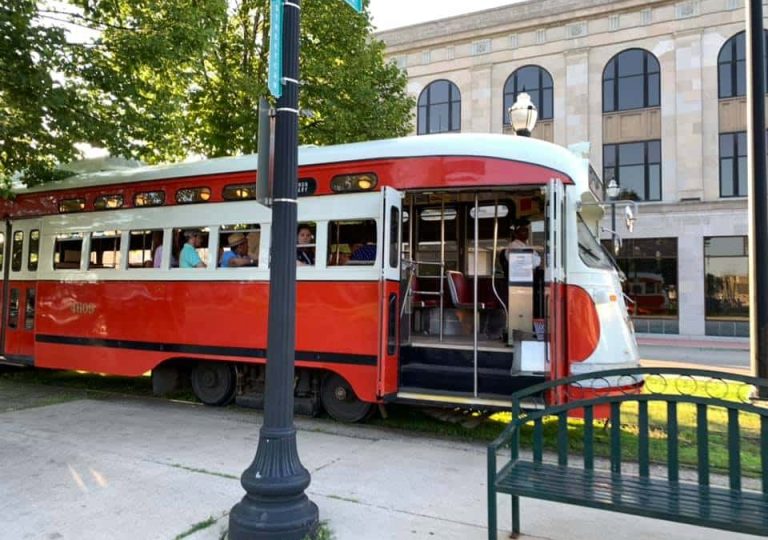
Streetcar
$1 for children 12 and under
$1.50 for 13 and over, including adults, chaperones, and teachers
The City of Kenosha features mid-century Electric Streetcars that ride along the lakefront and connects all three of our museums in a 15-minute loop. The museums can arrange a ride for your group with your program reservation for an additional fee.
Learn more about Kenosha’s Electric Streetcars here.
Plan Your Visit
Please let us know prior to your visit if you have any special accommodations or needs. Every effort will be made to ensure the trip is successful for everyone.
Elevators, noise-canceling headphones, and quiet spaces are available at all three museums.
Kenosha Public Museum: There are uneven floors, some sound, and blinking lights in the galleries.
Dinosaur Discovery Museum: Wheelchair access to the museum is located at the rear of the building.
Civil War Museum: There are uneven floors, talking mannequins, and low-light in the galleries. The museum also features a 360-degree film that utilizes strobe lights, lighting changes, and loud noises to depict a Civil War battle.
Free parking is available. During the field trip reservation process, we will provide you with the location of vehicle and/or bus parking.
All three museums have stores adjacent to the lobby. All students must have an adult present, and the number of people allowed in the store may be limited by museum store staff.
A chaperone-to-student ratio of 1:8 is required. Required chaperones are free. Any additional chaperones must pay $5 for admission. Chaperones are expected to stay with their groups and monitor their behavior while in the museum.
Programs must be scheduled at least three weeks prior to the requested program date. If we are able to accommodate a last-minute program, payment will be due at the time the program is scheduled.
If your group is running late, please call the museum at (262) 653-4140 to let us know. While we cannot guarantee that we will be able to adjust the program time, we will do our best to work with you to get the most out of your visit.
Dates and program availability is based on a first-come first-served basis. A non-refundable $50 deposit is required to secure your group’s date. Once the deposit is received, a program confirmation and invoice will be sent and your program will be scheduled. If the deposit is not received the date is not reserved.
A non-refundable $50 deposit is due upon your reservation to secure your date. Final headcount and full payment is due two weeks prior to the scheduled program. If payment is not received two weeks prior we reserve the right to cancel the program.
If payment is not received at the museum upon the date of the program you will incur a $40 late fee. We accept Visa, MasterCard, Discover, cash, or check.
Refunds will be given for cancellations that occur at least a week in advance of the program date. The $50 deposit is non-refundable but can be used to reserve a future date in the same calendar year.
The following rules should be shared with all attendees in your group, including students, children, and adults.
- No running, shouting, or rough-housing
- Students/children must stay with adult chaperones at all times
- No food, gum, or beverages are allowed in exhibits
- Respect other groups and individuals in the museum
- Some aspects of our exhibits are “hands-on” but anything can be damaged. Therefore, exercise care in their use and respect museum property
These rules are to keep everyone safe and to allow maximum enjoyment of our programs and facilities for everyone in our building. Kenosha Public Museums reserves the right to expel any person or group behaving in a manner we deem unfit. Persons or groups that are asked to leave may also jeopardize their chances to reserve or attend future visits.
Sign up for our eNewsletter!
News about Kenosha Public Museum workshops, events, exhibits, and more, delivered to your inbox

